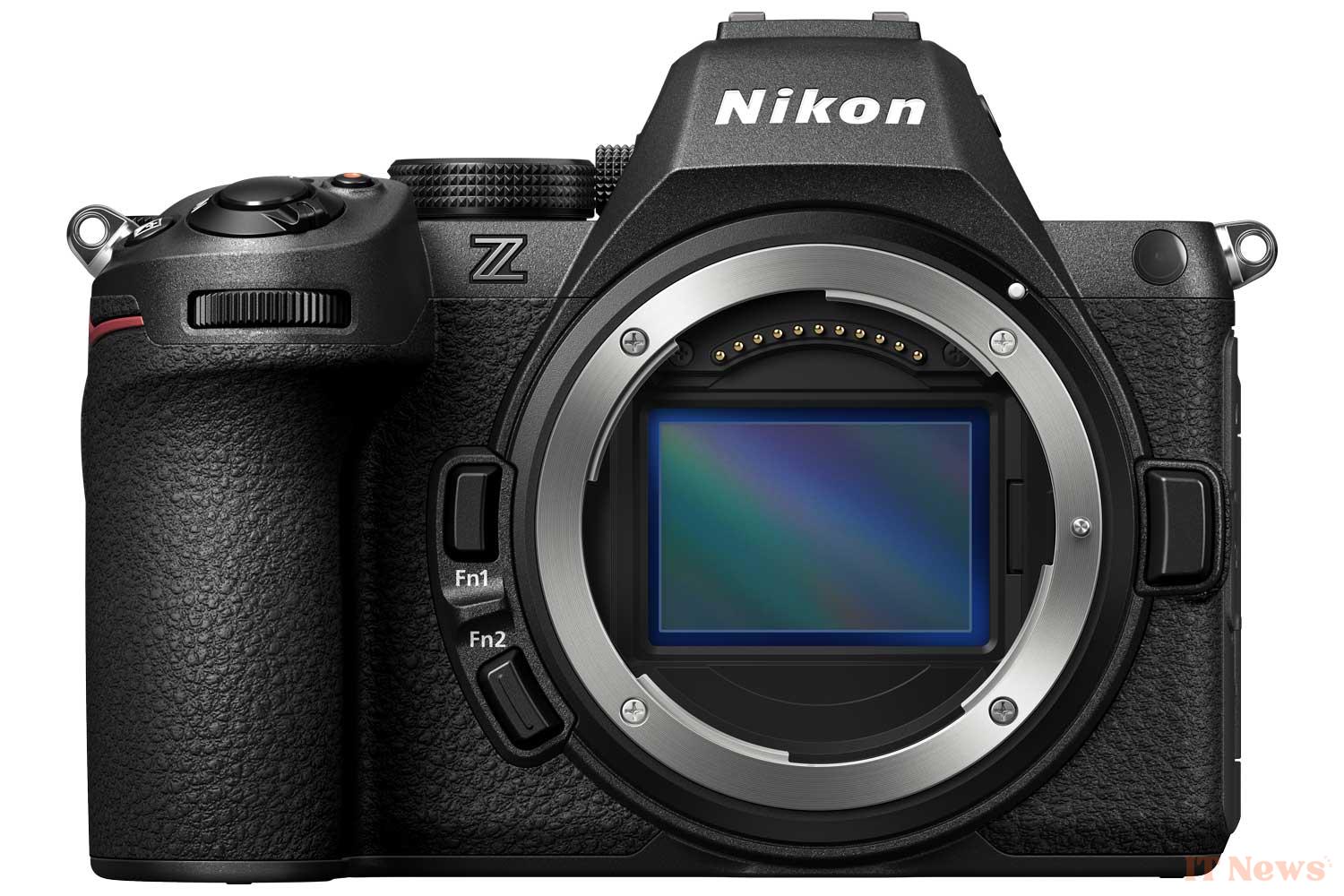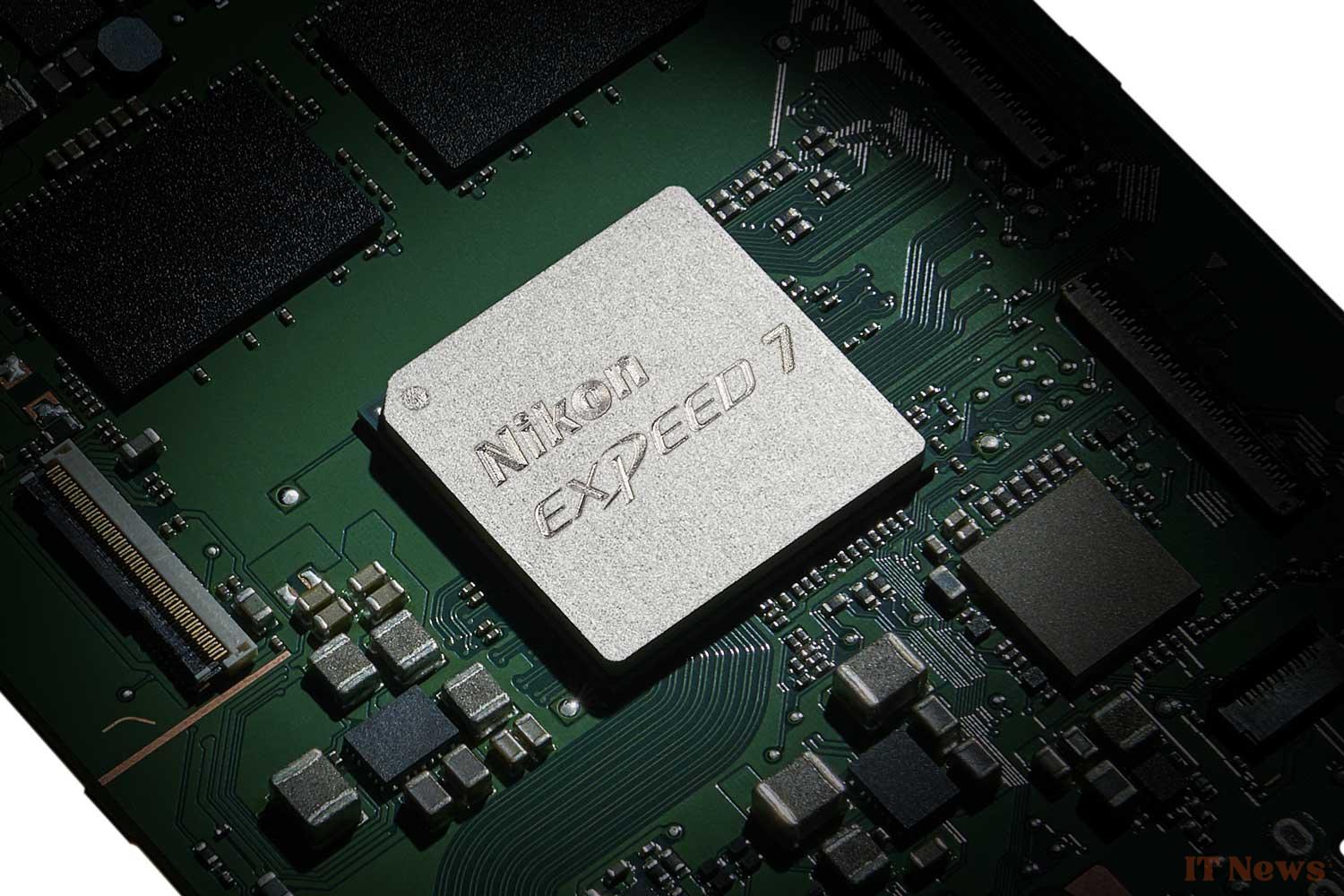Nikon continues to expand its Z-series full-frame mirrorless camera lineup with the announcement of the Nikon Z5 II, the successor to the popular Nikon Z5. This new camera is positioned as a top choice for photography enthusiasts and content creators, inheriting many advanced technologies from the professional Z9 and Z8 models. While the Z5 is showing its age (released in July 2020), Nikon confirms that manufacturers are tending to offer more affordable versions of their flagship models. The arrival of the Z5 II could therefore encourage more photographers, whether using DSLRs or APS-C sensor cameras, to make the jump to full-frame mirrorless.
At the heart of the Nikon Z5 II is a 24.5-megapixel full-frame FX CMOS sensor with backside illumination (BSI). This type of sensor is prized for its ability to produce superior image quality, particularly in terms of low-light performance and depth-of-field control. The BSI architecture helps to further improve performance in low light conditions. Image processing is handled by the powerful EXPEED 7 processor, the same one that powers the Z9 and Z8.
A "modernized" Nikon Zf
The camera features a fast and intelligent hybrid autofocus system, capable of detecting nine different types of subjects – people, animals (dogs, cats, birds) and vehicles (cars, motorcycles, bicycles, trains, planes) – thanks to artificial intelligence and deep learning, a technology directly inherited from high-end models. AF-A mode makes its debut on a full-frame Nikon, allowing automatic switching between AF-S and AF-C modes when taking photos. 3D tracking is also included, ensuring continuous focusing even on fast-moving subjects.
Five-axis in-body image stabilization (IBIS) offers up to 7.5 stops of vibration reduction in the center and 6.0 stops in the periphery. This feature is essential for achieving sharp photos and videos handheld, especially in low-light conditions. Focus Point VR, which targets stabilization to the active focus point, is another notable improvement. In terms of burst shooting, the Z5II can achieve up to 14 frames per second in RAW and 30 frames per second in JPEG. This model also features a JPEG Pre-Release Capture function.
Significant improvements over the Z5
Video capabilities have also been significantly improved, with the ability to record 4K UHD at up to 30 fps without cropping (full frame) and 60 fps with a 1.5x crop (DX). For the first time at Nikon, internal recording in 12-bit N-RAW is possible on SD card, alongside 10-bit H.265 and 8-bit H.264 formats. N-Log, HLG and SDR color profiles are also available. Other video features include a high-resolution Full HD zoom and a "product showcase" mode.
The camera features a vari-angle touchscreen with a diagonal of approximately 8 cm and 2.1 million dots, with automatic display rotation in vertical orientation. The 3.6-million-dot OLED electronic viewfinder offers 3000 nits of brightness (approximately three times brighter than the Z5) and 0.8x magnification. Connectivity includes Wi-Fi, Bluetooth, and access to Nikon Imaging Cloud. The camera has two UHS-II SD card slots and microphone and headphone jacks. A dedicated Picture Control button provides quick access to color profiles (Imaging Recipes) and real-time previews. The Z5II is compatible with the MB-N14 battery grip and features a dust- and drip-resistant magnesium alloy construction.
Competitively priced
The Nikon Z5II is positioned as an accessible full-frame model, with improved performance and inheriting the technologies of professional models. It is primarily aimed at advanced amateur photographers looking to upgrade to full-frame, photo and video content creators, and Nikon DSLR users looking to upgrade to mirrorless.
In France, the Nikon Z5II is available for pre-order from 1899 euros. It is also available as a kit with a 24-50mm f/4.0-6.3 zoom at 2199 euros, and at 2499 euros with a 24-70mm f/4 S zoom. Its availability is scheduled for April 24, 2025.






0 Comments